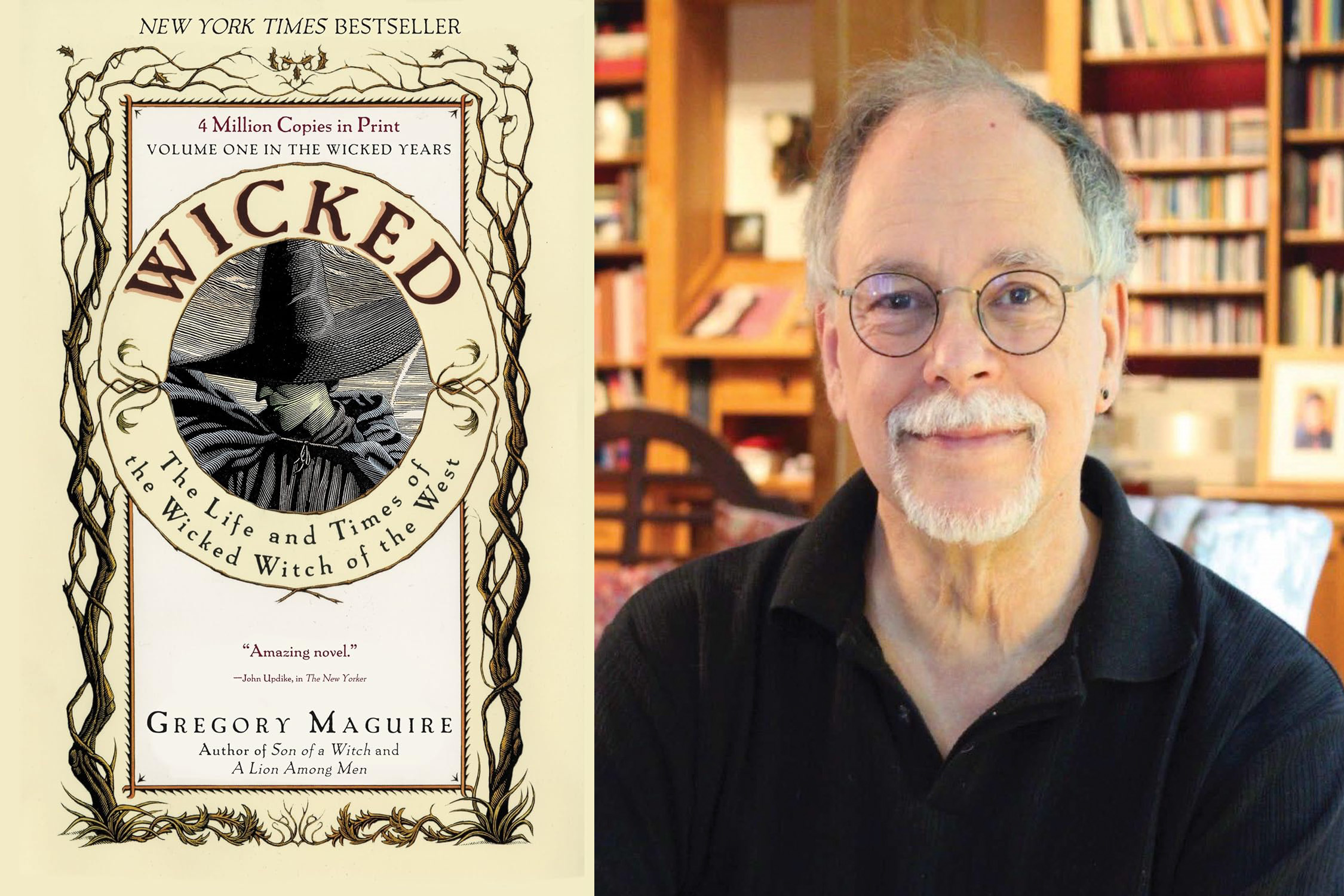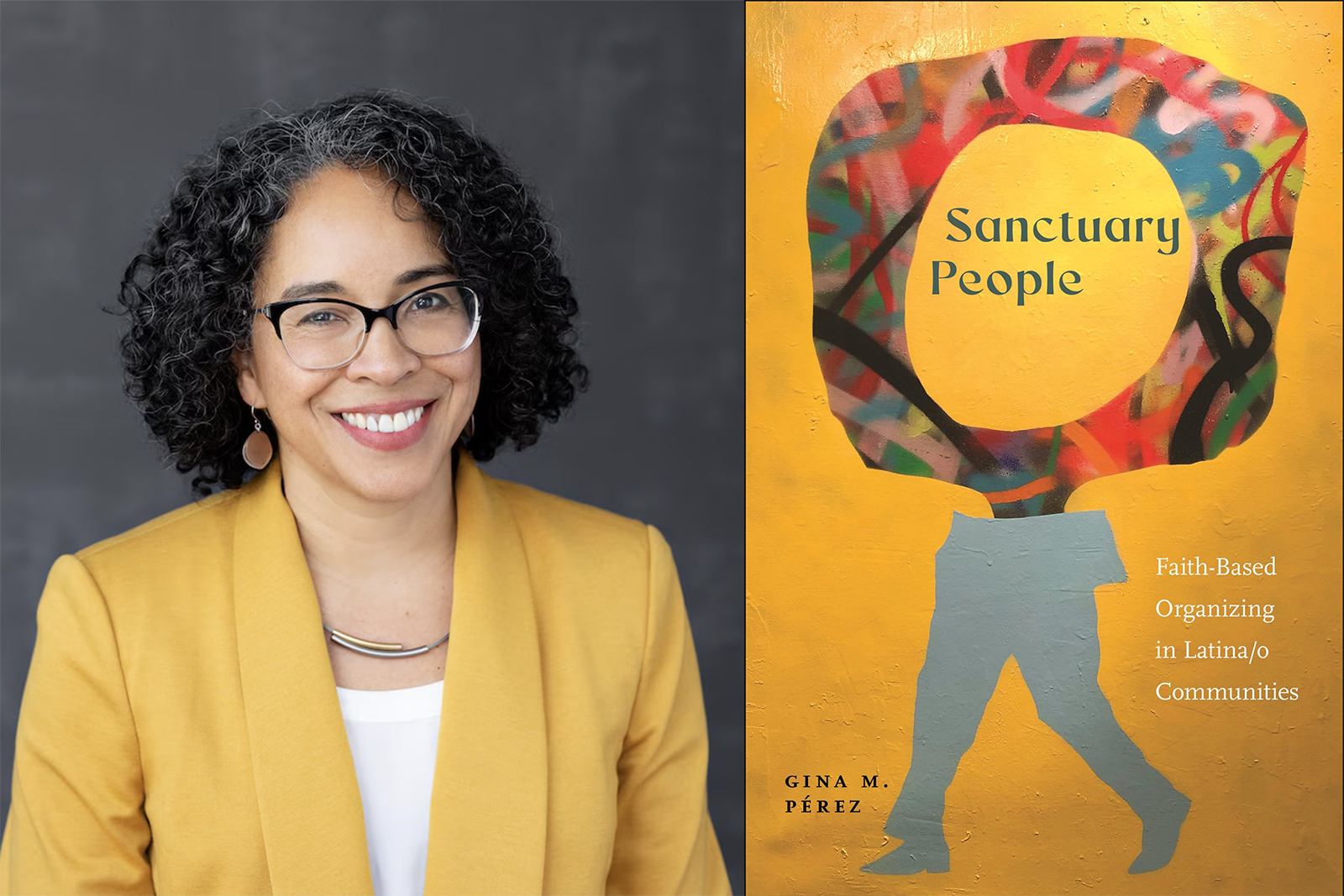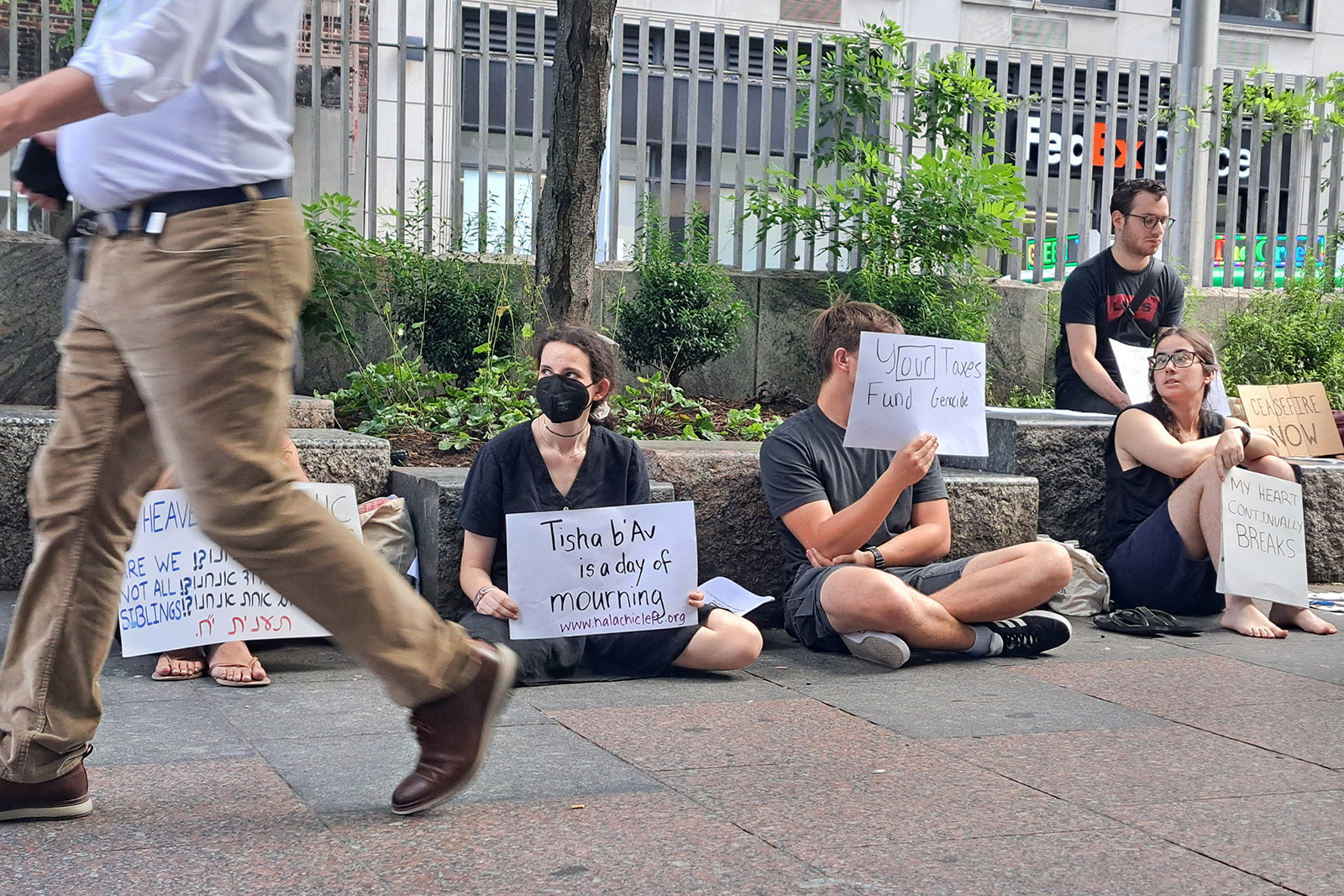UK Postal workers facing attacks on two fronts
By Pete Firmin
NOVEMBER 23, 2024

On 13th November the Post Office announced its intention to close 115 post offices, which would mean 1,000 redundancies. This is the latest in a long programme of closures, though a much bigger tranche than previously.
The announcement came as a result of a review by Nigel Railton, Chair of the Post Office, conducted since May. It was leaked to the London Evening Standard before the official announcement, meaning not just the public, but also those who work in those post offices heard the news first from the media. Worse, a management briefing for staff held the day of the announcement didn’t even mention the closure programme.
The union representing post office staff, the Communications Workers Union (CWU), was not invited to participate in the review, nor has it been permitted to date to see the accounts to check the Post Office’s claim that it is losing £60 million a year.
The Post Office had the cheek to say that the closures were for the benefit of staff: “The Post Office has a 360-year history of public service and today we want to secure that service for the future by learning from past mistakes and moving forward for the benefit of all postmasters.
“We can, and will, restore pride in working for a business with a legacy of service, rather than one of scandal.
“The value postmasters deliver in their communities must be reflected in their pockets, and this Transformation Plan provides a route to adding more than £250million annually to total postmaster remuneration by 2030, subject to government funding.”
The scandal referred to is, of course, the Horizon scandal where Post Office management bullied, harassed and prosecuted post office workers over claims they had stolen money which had in fact disappeared into the faulty computer system. To claim that the closures is somehow to the benefit of postmasters takes an enormous amount of chutzpah.
At the same time, there is a government review of the future of the Post Office. Clearly the announcement by Railton is meant to pre-empt this.
The closures of post offices that have taken place in the part have either meant complete closure, or a post office counter in the corner of a shop. Many former post offices have been left empty, blighting high streets for years. Even when a private company takes over the running of post office business, there is no compulsion for them to continue indefinitely,
The CWU has called on the government to stop the closures and look at innovative ways to develop the network of post offices. The Post Office, unlike Royal Mail, is still publicly owned. For the government to allow these closures to go ahead would be yet another sign that it is continuing with austerity and privatisation.
Most of those listed for closure are busy ones in town centres that would be a real loss to the community. Petitions against closure have already started in some places, and a campaign could take off in the same way that the one about the threat to close ticket offices at stations did. The CWU has previously campaigned against such closures with mixed success, but the size of this programme should make it easier to have a national, not just a localised, campaign, linking trade union, users and local Councillors.
A few days after the announcement of post office closures, the owners of Royal Mail, International Distribution Services, announced they were considering further job cuts and an increase in the – already exorbitant – price of stamps, despite having achieved an operating profit this year.
While there are no concrete plans yet for redundancies – though Royal Mail has been losing large numbers of staff in recent years through resignations – the CWU needs to draw up plans for resistance rather than go with the usual ‘no compulsory redundancies’ approach. Postal services around the country are already collapsing due to lack of staff; further cuts would only make things worse.
This only makes more obvious the mistake the CWU leadership is making in dropping the call for the government to bring Royal Mail back into public ownership, instead hoping that any new owner will treat the workforce nicely. Apparently this is because Keir Starmer has turned his back on renationalisation, but the answer to that ought to be building a campaign with public support, rather than self-censorship.
One of the problems this dual attack highlights is how much of a mistake it is to have Royal Mail and the Post office as separate entities. Apparently, Britain is the only country which has done that. Renationalisation could be accompanied by bringing them back together as one public service.
Pete Firmin is a retired postal worker and CWU member.
Image: Uplands Post office, Stroud … on the closure list! (2008). Author: BazzaDaRambler https://commons.wikimedia.org/wiki/File:Uplands_Post_office,_Stroud_…_on_the_closure_list!_%282315011976%29.jpg, licensed under the Creative Commons Attribution 2.0 Generic license.
















